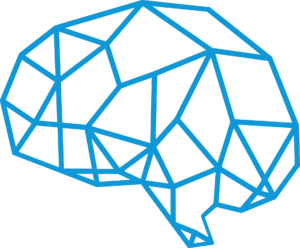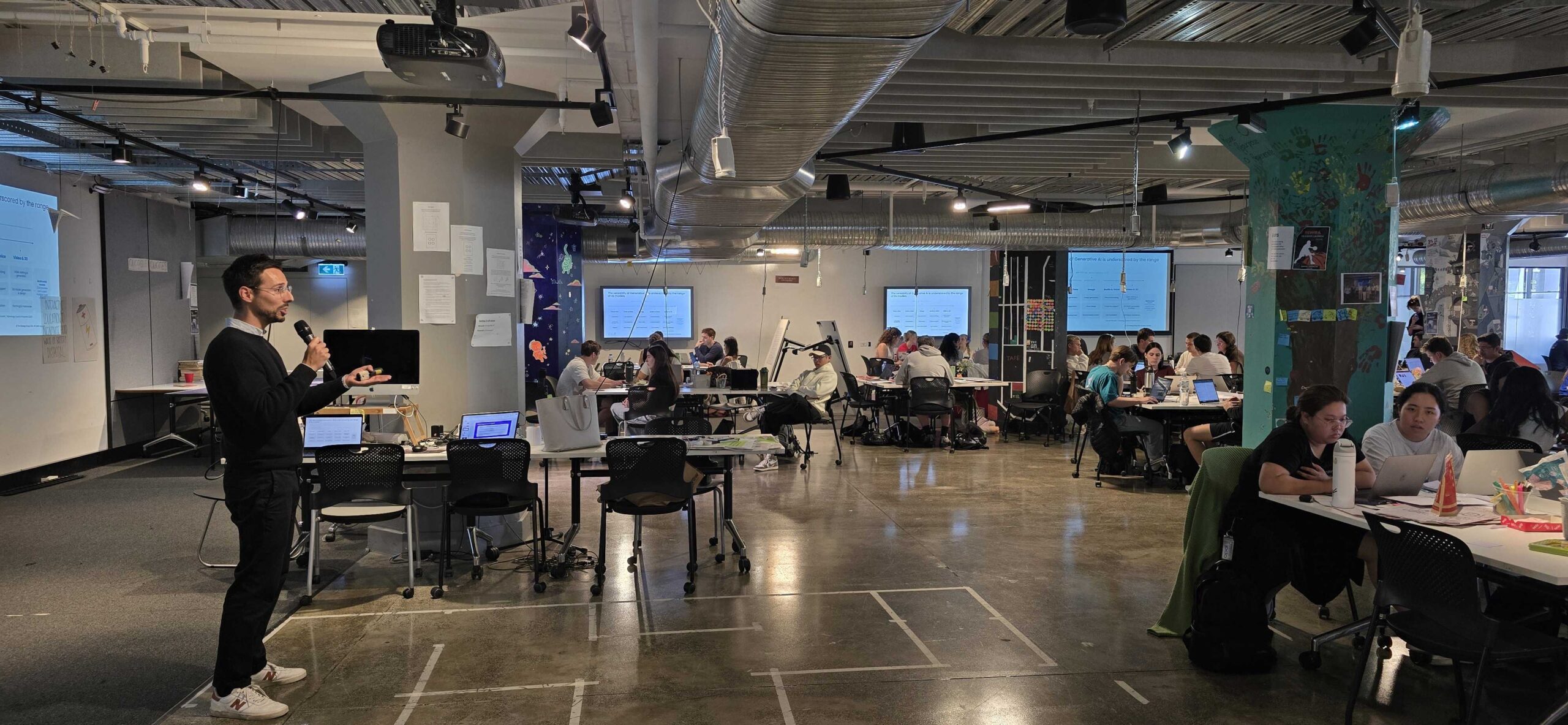At a recent talk on The Business of Design at Space Furniture in Richmond, Dr Jochen Schweitzer, Senior Lecturer at the Business School of the University of Technology in Sydney, and co-founder of u. lab, a multidisciplinary innovation hub, outlined how design can influence businesses’ creative, innovative and entrepreneurial approaches by eschewing old-style business education and adopting more creative methods. Essentially he talked about the advantages of design thinking.
A key part of this process is the need to engage with inspiring people and companies who approach things differently, dare to break with tradition and think creatively across business as a whole, he said.
Schweitzer outlined six key advantages of design thinking that made design thinking an excellent business strategic model:
- Advantage 1: Design is optimistic: It always assumes that there’s a better solution out there that can be found than what we have at the moment. At the u.lab, Schweitzer cites an actual example with the City of Sydney, where the department and its students ‘had to work on an issue that was given to us by the City of Sydney that had to do with intersections of cycle lanes and pedestrian networks and retirement homes. So there was a few conflict zones in the heart of the city and we used this problem with our students to create solutions for that,’ he said.
- Advantage 2: Design thinking is human centred: It always is around people, what people want, need, how they behave – studying humans. And that’s really interesting and known much in the business world.
- Advantage 3: Design is collaborative: It brings people with different capabilities to the table. And it constantly seeks feedback from the public, large organisations, small start-up, students, academics for a real mix.
- Advantage 4: Design is experimental: It is always about trying something out and doing it rather than thinking or over-thinking it. ‘It’s about building prototypes. It’s about grabbing some materials and tweaking it, snapping it, saying, “Here’s how it looks. Do you like it?” You can do it with products, you can do it with statistics, and conceptual means as well,’ he said.
- Advantage 5: Design is playful: It allows people to play out scenarios and how they might evolve in the future. ‘If you’re developing a service, why not act it out?’ he said. ‘See how it feels and how it looks like.’
- Advantage 6: Design is action-oriented: It forces you to program that code, do that prototype. And go out there and test it with users. The fact that action is forced and ideas will not simply lie dormant is a major advantage of design thining
In essence, design thinking has to be framed in an environment ‘where you can fail, where failing’s ok,’ said Schweitzer. When you realise that, you can take a wholistic view of the advantages of design thinking methodology.
‘Because failing is part of the process. Because whenever you fail, you learn something. Failing forward is something that we teach our students.
‘You need space to share things and ideas, so you can leave stuff there and come back to it a couple of days later and look at it again. My example is always the “box” room in a criminal investigation. Streams of connecting bits and dots and pieces and you look at it over and over again and you start seeing patterns, and that’s what you want people to do.’












